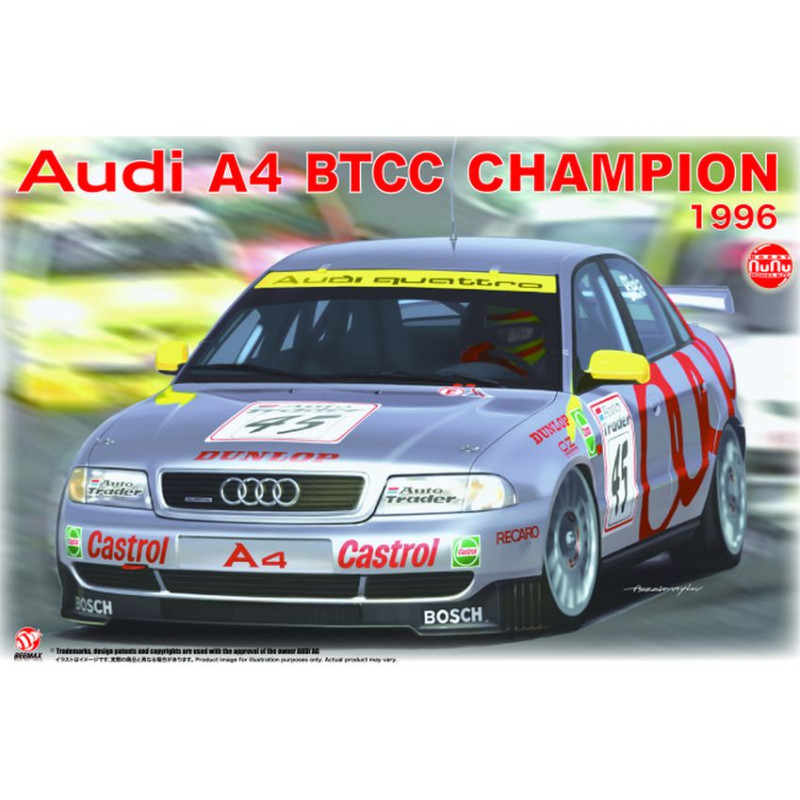In the 1980s, German automaker Audi showed high performance in the World Rally Championship. The Audi Quattro was the first four-wheel-drive rally car developed and prepared for the WRC by Audi in 1981. Despite four-wheel drive, which was more complicated and heavier than regular two-wheel drive, the Audi Quattro achieved many victories, winning the Constructors' Championship in 1982 and the Drivers' Championship in 1983. Then rallying entered the 4WD era. It can be said that Audi's spirit is to challenge new mechanisms and actively implement them. In racing before World War II, Audi developed a race car with a mid-engine layout, the P bargain, and in recent years Audi has introduced a diesel engine in endurance races such as Le Mans, and adopting 4WD in rallying was such an approach unique to Audi. Audi, which introduced 4WD to the rally field in the 1980s, withdrew from rallying with the end of Group B. But Audi brought its 4WD system to road touring car racing as a new challenge. In difficult low-grip road rallying, the advantage of transferring power to the road via four wheels was highly regarded, but on high-grip tracks, many thought that light and simple 2-wheel drive was better. Audi, however, recognized that 4WD, which aims to demonstrate superior traction effectively transferring engine power to the road surface, could take advantage of its effect regardless of the road surface. In 1988, Audi moved to the U.S. circuit and in 1990 to the European touring car race. In 1995, the Audi A4 Quattro, which was developed in accordance with the Class 2 touring car regulations of the time, was prepared for the race. The A4 Quattro participated in touring car races in various countries such as Italy, Germany and the UK, demonstrating its capabilities. The A4 Quattro was equipped with a 1998cc inline 4-cylinder DOHC engine mounted vertically at the front. Full-time 4-wheel drive transferred nearly 300 horsepower to the road surface. Audi's 4WD system was capable of varying the distribution of drive power front and rear depending on the route layout.
Although the A4 Quattro entered the race with a handicap of 100 kg, it won the Italian Championship in 1995 and 1996, respectively. The A4 Quattro also won the German championship in 1996 and competed in the BTCC the same year. The A4 Quattro of the factory team was entrusted to Frank Biela and John Bintcliffe. Despite the weight restriction, Frank Biela, who won eight seasons, successfully won the drivers' championship, and Audi won the manufacturers' championship. The Audi A4 Quattro's double titles made the high capabilities of 4WD widely known. Then 4WD was banned in 1998 due to the difference in performance between 4WD and 2WD. However, it can be said that this also proved the excellence of Audi's 4WD technology.
Plastic model to be glued together by NUNU. The kit does not include paint and glue.
Specifications:
- Scale: 1/24
- Product code: 24035
- Manufacturer: Nunu - Bemax
For more information and photos, please visit the manufacturer's website (link in the tab above).
Presentation of the model in the video:
AUDI A4 BTCC CHAMPION 1996 in action ...








